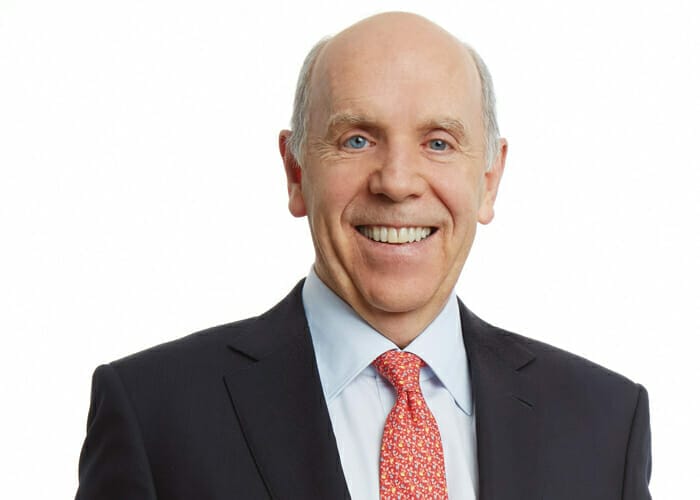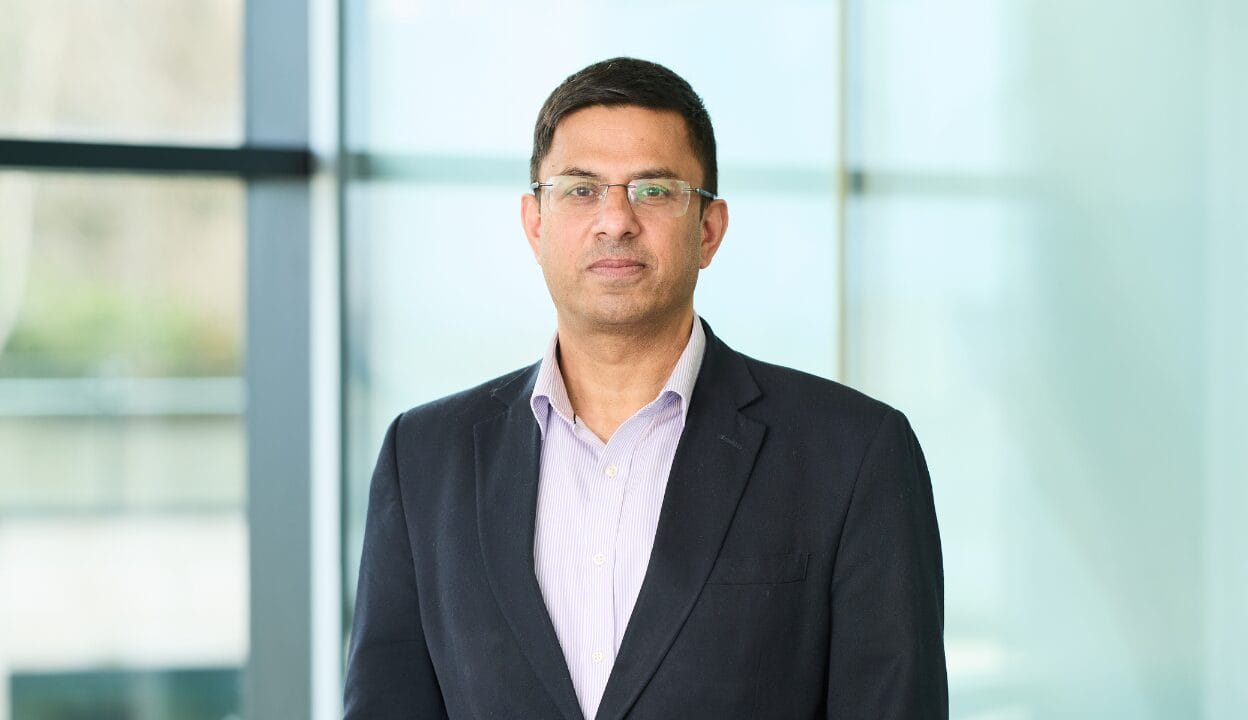There is still alpha in public equities markets, says Ron Mock, chief executive of the Ontario Teachers’ Pension Plan, who supports the fund’s allocation to hedge funds.
“For us, active management has a very specific meaning and a lot of the return profile and beating of benchmarks occurs in our private space. But we also think in public markets there is still alpha to be had. That’s why we have sizeable investments in what we think are very, very good hedge funds,” he said. “I know hedge funds have had a tough run this year but at the same time, we have had some hedge funds that have done very well this year.”
The C$193 billion ($147 billion) OTPP has about $10 billion allocated to absolute return strategies, managed both internally and externally.
OTPP’s external equity manager program is based on relationships with about 12 global equity managers, with a focus on those that are valuation conscious and run concentrated, low-turnover portfolios.
In an interview with Bloomberg at Davos in January, Mock discussed the importance of active management, which OTPP uses mostly in its large allocation to real estate, private equity and infrastructure. (See OTPP’s private equity revolution.)
While Mock conceded it generally had to get alpha in large-cap equities, and even some mid- and small-cap equities, he said there were some specific strategies where uncorrelated returns existed.
Commenting on quantitative strategies, he emphasised that picking the “right” managers was key.
“I have faith in quant, if you pick the right managers,” he said. “Quantitative strategies always have difficulty when you get into volatile markets. Quant strategies and volatile markets typically are negatively correlated, so this is a problem. If you pick the right managers, you can find good returns that are uncorrelated, and there is alpha to be had through these strategies.
“It’s not like owning a T-bill, it will go up and down for sure. If it’s uncorrelated, then there are times, like this year, when quant-type strategies have kicked in beautifully and added a lot of value.”
The fund is very geographically dispersed, with investments in Canada (45 per cent), the US (19 per cent), Europe excluding the UK (10 per cent), Asia (7 per cent), Latin America (5 per cent), the UK (5 per cent), Australia (2 per cent) and the rest of the world (2 per cent). Some alternative investments have not had a country exposure assigned.
The fund takes a dynamic approach to managing foreign currency exposure, with about 60 per cent of assets in Canadian dollars.
It has an office in London, which was opened in 2007 and expanded in 2015, and the fund has been investing in the Asia-Pacific region since 1991. It opened a Hong Kong office in 2013.
“North America is not always in sync with Europe or Asia, so there is a lot of diversification benefit to be had,” he said. “We have expanded our global partnerships network, and work very carefully with local partners who have boots on the ground.”
Specifically, Mock said OTPP was finding good opportunities in Canada, China and Hong Kong, and is working on some deals in Europe.
“It is harder to come by because stuff is very pricey but if you dig deep enough and have the right partners, you can find the opportunities. In Europe, it’s everything from funeral homes to education. In Canada, we have just invested in GFL – lots of companies we can find.”
Recent investments include an investment partnership with technology company Fleet Complete, environmental services company GFL Environmental and, in October last year, an agreement with the Canada Pension Plan Investment Board to invest in Pacifico Sur, a 309-kilometre toll road in Mexico.
Mock said the fund’s approach to investing in China was to take a long-term perspective.
“There are always skirmishes in the short term, but we believe it is absolutely necessary to be there,” he says. “We invest a lot in technology in China, and that is very different to investing in technology in North America.”
Mock said the fund was also interested in the potential opportunities in Brazil arising out of President Jair Bolsonaro’s privatisation plan.
“Brazil has been through a very rough patch, we are looking at it very carefully,” Mock said. “We have assets there now, that have performed extremely well, and we have teams on the ground always looking for opportunities, and we think the opportunity set is starting to pick up.”
At the end of December 2017 (the most recent annual report figures), the fund’s asset allocation was equity (36 per cent), fixed income (33 per cent), inflation sensitive (14 per cent), real assets (25 per cent), credit (7 per cent), and absolute return strategies (6 per cent).


